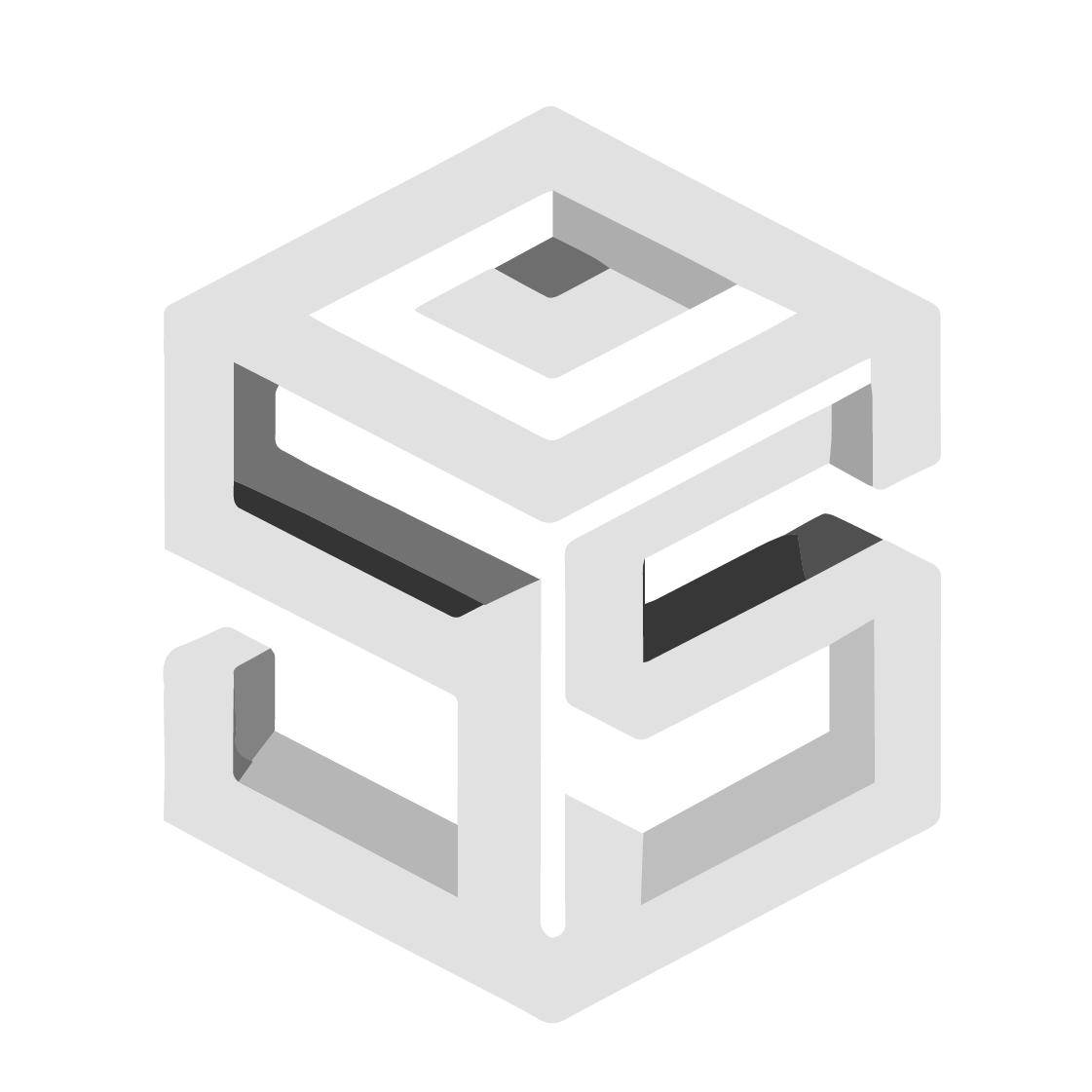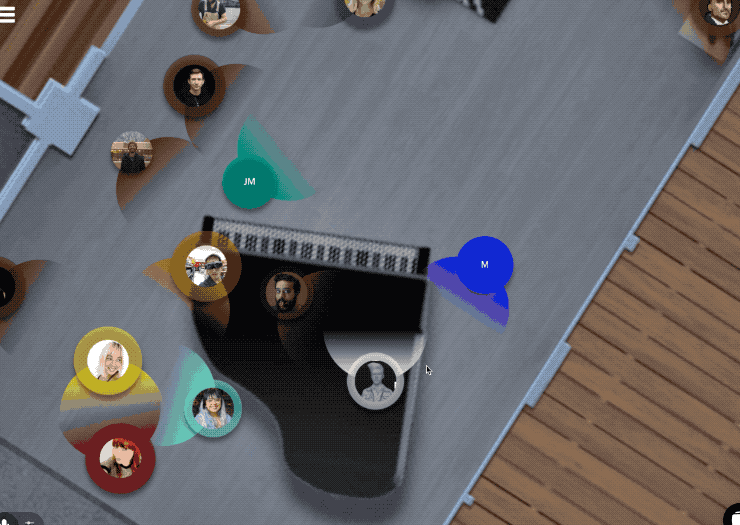At Parsons the New School for Design, the Assistant Professor and co-director of the DREAM:IN Project Carlos Teixeira and its collaborators shared the latest development on the project, as well as invited participants to engage the movement of transforming DREAMS into tangible realities in India.
The Opportunity: designing for billions/Bruce Nussbaum
a model for growth that is incredibly inclusive
[singlepic id=930]
Pt. 1
helps reframe issues
from problem solving to aspiration enabling
Pt .2
creates a database of dreams
pooling those dreams
pool of aspirations is a different start up model
a different devel model than i've ever seen before
[it aggregates dreams from all socio-economic levels - that can "scale" beyond a global scale]"
multi-vectorial - influence in lots of different areas
they tend to be systemic on multiple levels
Dream:in is concise but has it's impact on different aspects of society.
I hope we see it applied all around the world.
The Vision: what Indians are dreaming about/Sonia Manchanda (Video)
The Vision: what Indians are dreaming about/Sonia Manchanda
everyone has the right to dream.
the ability to look beyond tomorrow - that's what makes us human
a new stream of collective consciousness and the best reality check ever.
dreams to measure for prosperity and progress
The Project: a crossroad for large scale innovation / Carlos Teixeira
[singlepic id=898]
One of the biggest challenges of that model is going to be scale
people say the brazil you grew up in is not the brazil that exists now.
the middle east is hungry for change.
while GNI is high and growth rate is high,
they operate and live on very
when Mubarak came to power there wer apprx 40M people, and when he was overthrown, it was
we have to calculate by the bilions
put everything into terms of scale and speed.
we never had in human kind a growth of this speed and this scale
everything we know is going to be too small and too late
we have to rethink how we innovate
it's not enough for us to innovate
we need to bring global expertise in large scale to local needs, local expectations and local aspirations
talent + capacity to fulfill the local aspirations
in the end we need to travel, it's not enough for us to just do communication.
there usually aren't people investing in what he calls "phase zero:"
ex: not the next iteration of a project
but how do we start from a brand new slate
designing before people identify a need
blueprints for how the future is going to look like,
for implementation:
using crow sourcing and crowd funding
how do we work with investors?
how do designers work with venture capitalists on phase zero for social good.
do that large scale and very fast.
DBR
Dream Believe Realise
Network (of organizations)
Design - Spread
Support - idiom
Collaborators - vivarta, nodes Design Knowledge Network, Parsons School of Design Strategies,
Partners - Kishore Biyani, Manipal University, Dr. Ranjan Pai
The Journey: 101 dreamcatchers, 25,000 km, 3,000 dreams/ Video + Rahul JVK and Natalie Wang
[singlepic id=923]
local translation - partnering with students from local areas that can speak the local languages
Security - all towns were had their army informed that the students were coming.
[singlepic id=900]
Natalie showed tools to foster data gathering and dream catching as well as other artefacts for design research.
The Conclave: 51 Investment Opportunities, Video + Bruce Nussbaum, Ken Stevens, Heico Wesselus, Olivia Jezler, and Margarita
[singlepic id=927]
18 dreams, 38 dreamleaders, 12 dreamcatalysts, 40 dreamscholars, 21dreamrealisers, 38 dreamventures.
Heico:
[singlepic id=901]
[innovation comes from previous experience]
[singlepic id=904]
example dream:
Humara Worlds
large population and high density
a how can you develop a mechanism to connect the village with the city?
no just personas, but actual people.
Ken Stevens:
use of digital devices as an escape - a common event in many cultures
when in a project with time and resource demands - you don't have time to ask or force them to change their behavior.
we just by passed him.
[singlepic id=927]
people naturally gravitated towards those with better listening skills, better at idea combination and better synthesizers
there was no hierarchy as there shouldn't be in a flash team.
we have a lot of latitude for behavior
The Mission: dream realization, Carlos Teixeira
[singlepic id=924]
Some people could dream but did not have the infrastructure or conditions to realize those dreams.
Bruce was going to present on the ideas, but we have millions of dollars of intellectual property here.
ex: WEB- women empowerment bank
ex: Citizen Training Institute
ex: Assurance company - creating a network where one of the focuses for example could be mentoring.
ex: Edu Cafe - an internet cafe cum education cafe.
dream catalyst - Bruce Nussbaum
leverages existing infrasturuce such as internet cafes and creates a sustainable ecosystem that benefits all its stakeholders - business owners, corporation, customers and end-users.
ex: Ticket to Parliament
Some of the main themes were - waste, food, sports, nation building, education
Open Innovation @ Parsons: the NY hub, Carlos Teixeira and Rahul JVK
Call for action:
Now we are inviting you to:
meet the experts and thought-leaders world wide
learn to identify and adapt local insight for opportunities
start-up new ventures
raise funds
co-design organizations
and become a leader.
Dream:In is ready to mentor 3 teams of 5 volunteers (young global entrepreneurs) to start up one of the following ventures in India...
Seven potential ventures:
1. WEB: Women Empowerment Bank
2. APNA SAPNA (Assurance)
3. Ticket to Parliament
4. India Sports Portal
5. Pop-up Fun School
6. Sports Army
7. Health Phone
Perfect for anyone who wants to start crafting their skills as a leader.
Dream:in will provide...
global expertise to local challenges
mutli-disciplinary mentorship
on demand online training
access to experts, leaders scholars, and investor
visibility through our communication and events and the opportunity to become a leader.
Send an email with the subject "start-ups" to
dreamin.ny@dreamin.in
They will contact you back with guidelines to participate in the selection process.
Design is never in phase zero
so we want to relocate finance to the right point.
Start ups of start ups
Funding - crowd funding, larger investors, an endowment etc.
Collecting New York's aspirations as a canvas for creative thinking.
Follow on twitter: http://twitter.com/DREAMIN_NY
Find out more about Dreamin NY http://dreaminnewyork.wordpress.com/
Find out more about Dream:In central project: http://www.dreamin.in
[nggallery id=72]



